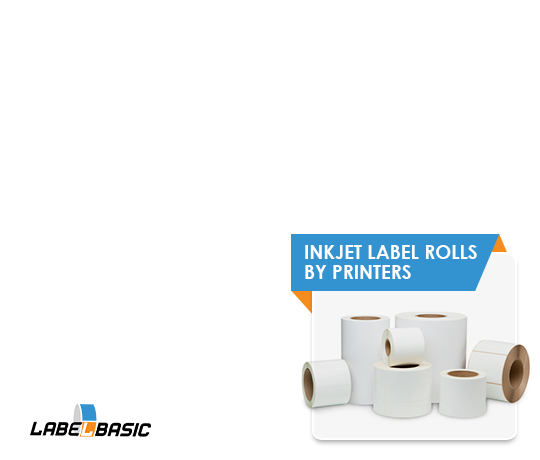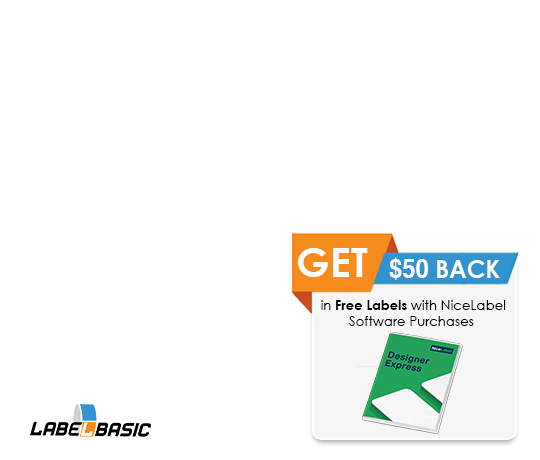- All collections
- Ink Cartridges and Toners
- Pigment vs Dye Pigment Based Ink
Pigment vs Dye Pigment Based Ink
Discover the key differences between pigment and dye-based inks, their applications, advantages, and drawbacks, to help you make an informed decision for your printing needs.
Written by
Updated 10 months ago
Pigment Based Ink vs. Dye-Based Ink
Pigment-based ink and dye-based ink are two common types of inks used in printers. Pigment-based inks contain organic molecules that are encapsulated in a synthetic resin before being suspended in a liquid. These inks have tiny, encapsulated particles that sit on top of the substrate, providing a more durable and long-lasting print. Pigment inks are resistant to external forces like light, moisture, and ozone, making them a popular choice for top-end label printers that require high-quality output onto various media.
On the other hand, dye-based inks are made up of molecules that distribute uniformly on the label. These inks tend to be more economical to produce than pigment inks and are the most commonly used inks. Dye inks provide bright and vivid colors, making them ideal for printing vibrant portraiture or landscape pictures. However, dye inks are sensitive to light and moisture, which can reduce the durability of the prints. Dye inks are also water-soluble, meaning they dissolve easily in water. This makes them unsuitable for labels that may come into contact with water.
Which is best for me?
Pigment-based ink is known for its durability and resistance to external forces such as light, moisture, and ozone. This is because the organic molecules in pigment ink are encapsulated in a synthetic resin before being placed in suspension in a liquid. The tiny, encapsulated particles sit on top of the substrate, providing a more durable and long-lasting print. These encapsulated particles are less likely to fade or smudge over time, making them ideal for high-quality output onto various media.
On the other hand, dye-based ink is known for its ability to produce vibrant and bright colors. Dye inks distribute uniformly on the label, allowing for more vivid colors and better color accuracy. Dye-based inks tend to be more economical to produce than pigment inks, making them the most commonly used inks. However, the durability of these prints can be reduced in more rugged usage, as they are sensitive to light and moisture.
The difference between pigment-based ink and dye-based ink lies in the composition of the ink molecules. Pigment ink contains larger and more stable particles that sit on top of the substrate, while dye ink contains smaller and more soluble molecules that penetrate the substrate. This difference affects the properties of the ink, with pigment ink being more resistant to external forces and dye ink being more vibrant in color.
When choosing between pigment-based ink and dye-based ink, your decision should be based on your budget and intended use. If you require a long-lasting and durable print, pigment-based ink may be the best choice. However, if you are looking for bright and vivid colors and are on a tight budget, dye-based ink may be the way to go. Ultimately, it is important to consider the properties of each ink and how they will affect the quality and longevity of your prints.




